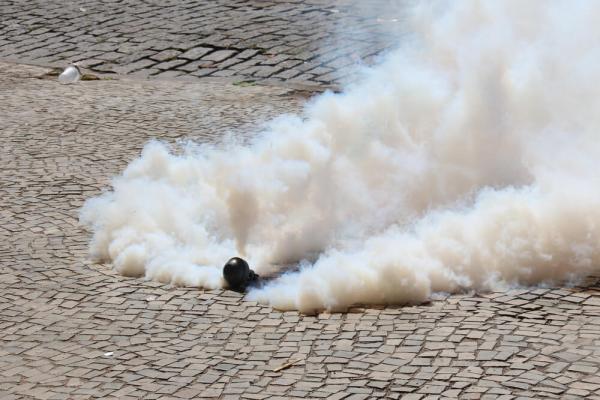Nov 29, 2018
When I was in the police academy, each of us recruits were sprayed point-blank in the face with oleoresin capsicum (OC), a cayenne pepper-based spray. This was done for two reasons: first, this experience would help us to know what it feels like when we use it on someone so that we would use it only when truly necessary; second, in case we ever were sprayed unintentionally, we had to still find our radio or a way to safety. Indeed, I’ll never forget the excruciating burning sensation and excessive mucus that put me out of commission for much of the rest of the day.
Read the Full Article

Already a subscriber? Login
